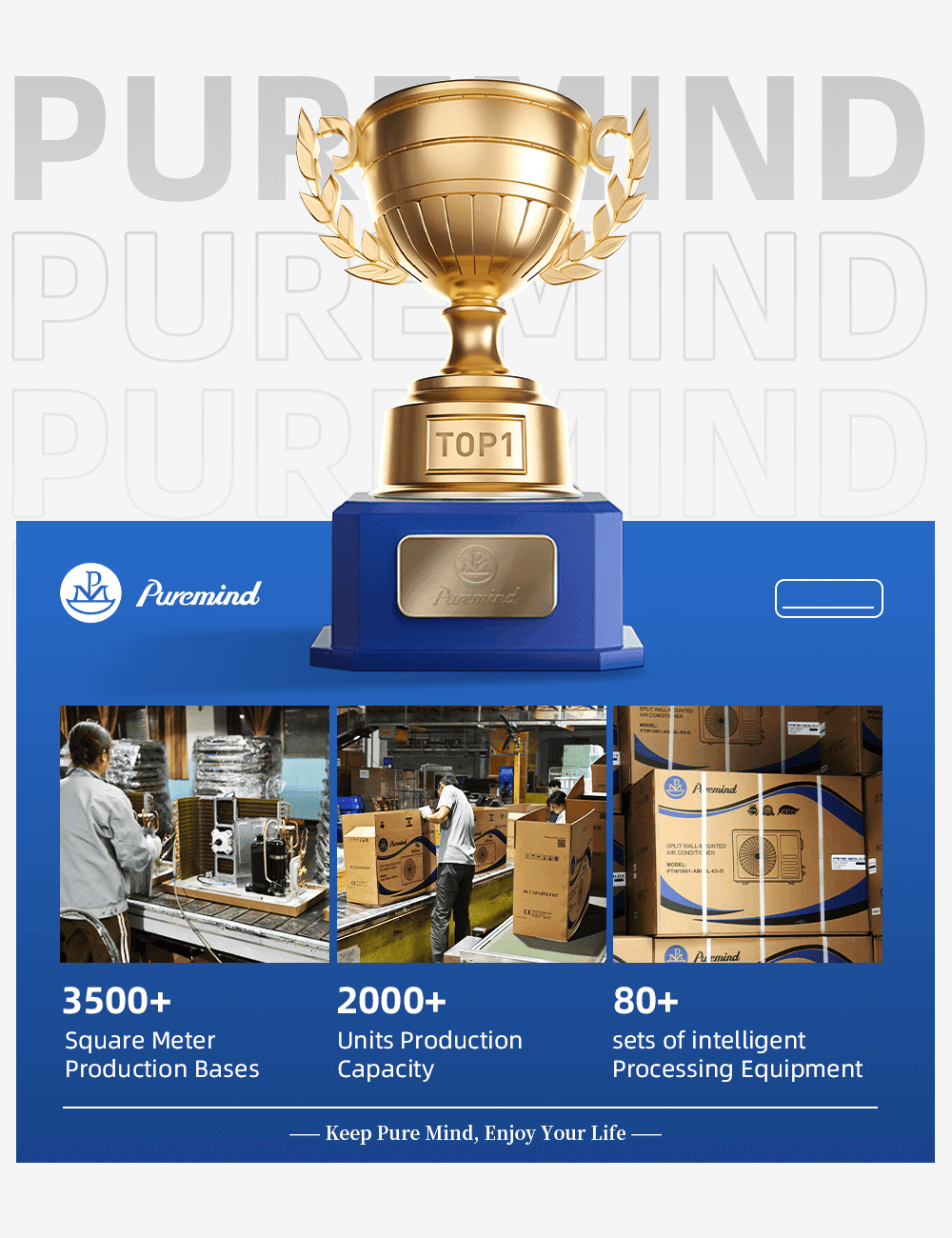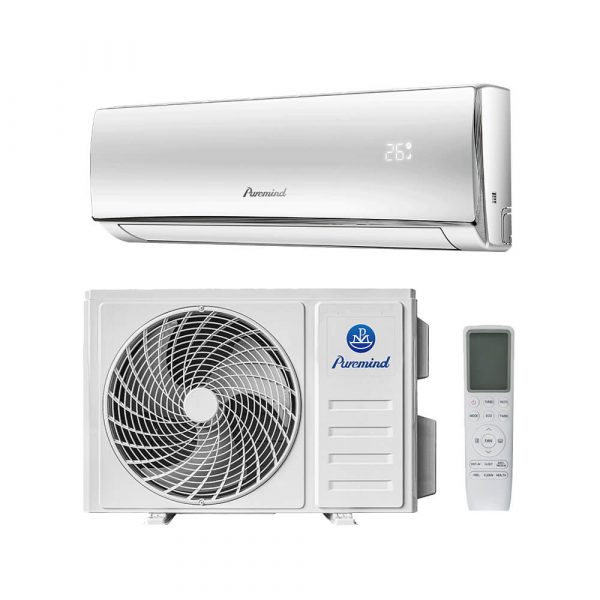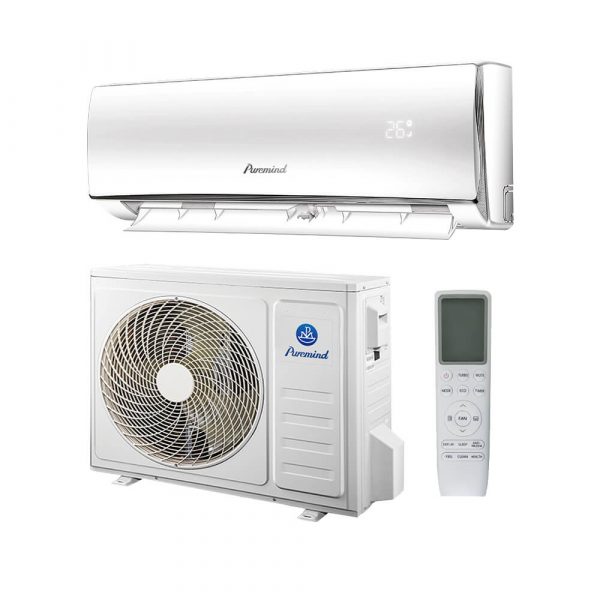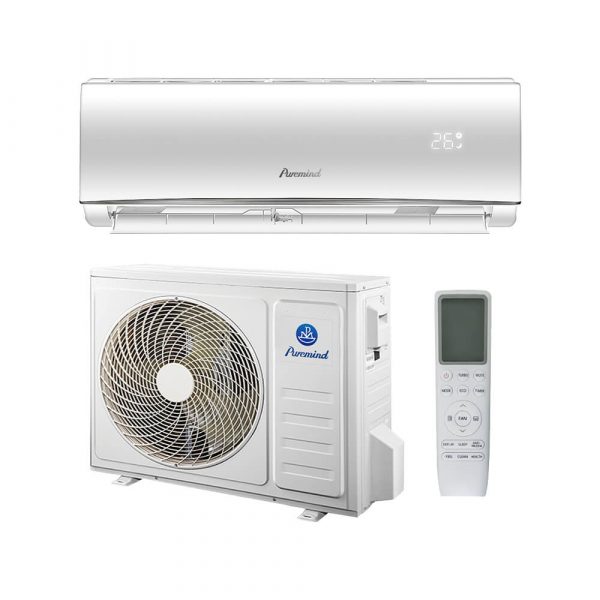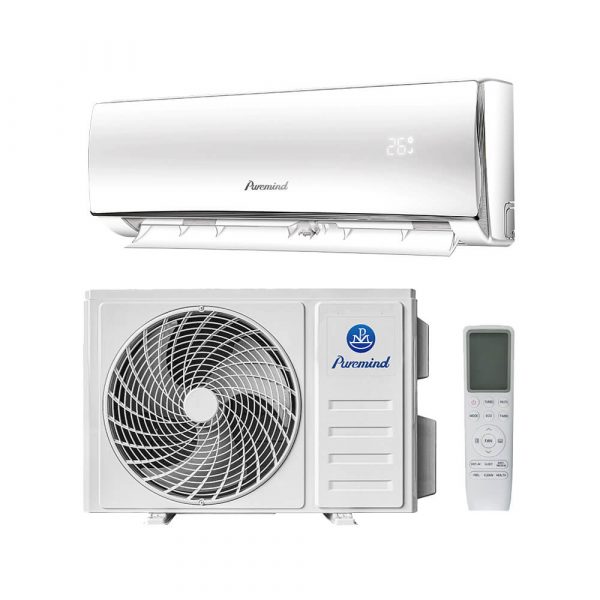Marine Air Conditioner Split System: Complete Guide for Boaters
If you’re a boat owner navigating warm climates, a reliable cooling system is essential. Among the various options available, the marine air conditioner split system stands out for its efficiency, quiet operation, and space-saving design. In this article, we’ll explore how marine split AC systems work, their advantages, installation considerations, and maintenance best practices.
What Is a Marine Air Conditioner Split System?
A marine split air conditioner system is a type of HVAC setup specifically designed for boats and yachts. It consists of two main units:
- Evaporator Unit (Indoor Unit): Installed inside the cabin, this unit absorbs heat and cools the air.
- Compressor/Condenser Unit (Outdoor Unit): Typically mounted in the engine room or other mechanical space, this unit expels the collected heat overboard.
The two components are connected via refrigerant lines and electrical wiring, allowing the system to efficiently cool indoor spaces without occupying too much interior space or generating excessive noise.
How Does a Marine Split AC System Work?
The working principle of a marine split air conditioner is similar to household split systems but adapted for marine environments. Here’s a simplified process:
- Warm cabin air is drawn into the evaporator unit.
- The refrigerant inside the evaporator absorbs the heat.
- The heated refrigerant is pumped to the condenser unit.
- The condenser releases the heat overboard using seawater-cooled heat exchangers.
- Cool air is recirculated back into the cabin.
Advantages of Marine Air Conditioner Split Systems
Marine split systems offer several unique advantages:
1. Quiet Operation
Since the noisy compressor is installed away from the living space, these systems provide a peaceful onboard experience.
2. Energy Efficiency
Split systems often have higher energy efficiency compared to self-contained units, helping reduce fuel or generator usage.
3. Flexible Installation
The remote condenser allows you to install the indoor unit in more space-constrained cabins, improving overall layout and comfort.
4. Better Cooling Distribution
Split systems can be zoned, meaning different cabins can have individualized temperature control, enhancing comfort.
Things to Consider Before Installation
Installing a marine split AC system involves a few important considerations:
1. Boat Size and Layout
Ensure your vessel has sufficient room for both indoor and outdoor units. The system must also allow proper refrigerant line routing.
2. Power Supply
Check if your power system (shore power or onboard generator) can handle the AC’s startup and running load.
3. Ventilation and Drainage
Proper ventilation around the condenser unit and drainage for condensation are crucial for long-term efficiency and reliability.
4. Corrosion Resistance
Marine environments are harsh. Ensure the system components are designed for saltwater exposure, with anti-corrosive coatings and stainless-steel materials where needed.
Installation Tips
Professional installation is strongly recommended. However, here are key points to ensure success:
- Use marine-grade refrigerant lines and fittings.
- Follow the manufacturer’s specifications for line length and insulation.
- Secure all components against vibration and movement during navigation.
- Install an inline strainer in the seawater loop to prevent blockages.
For more product options, visit our collection of split air conditioner systems designed for marine use.
Maintenance Guide for Marine Split AC Units
Regular maintenance ensures your AC runs smoothly and efficiently. Key maintenance tasks include:
1. Clean Air Filters
Filters should be checked monthly and cleaned as needed to ensure good airflow and air quality.
2. Inspect Refrigerant Lines
Check for signs of wear, insulation damage, or leaks in refrigerant lines.
3. Flush the Seawater Loop
Mineral deposits and marine growth can clog the condenser. Regular flushing with descaling solution prevents buildup.
4. Test Electrical Connections
Check for corrosion or loose connections to prevent system failure or short circuits.
Frequently Asked Questions
Q: Is a marine split AC system better than a self-contained unit?
A: It depends on your boat’s layout and preferences. Split systems are quieter and more flexible but require more installation effort.
Q: Can I install a marine split air conditioner by myself?
A: DIY is possible for experienced technicians, but it’s best to hire a certified marine HVAC installer to ensure safety and optimal performance.
Q: How long does a marine air conditioner last?
A: With proper care, a high-quality marine split AC system can last 8 to 15 years.
Conclusion
A marine air conditioner split system offers exceptional comfort, quiet operation, and energy efficiency for boat owners. Though installation may be more complex than other systems, the benefits far outweigh the effort—especially for those spending extended time at sea.
Explore our range of premium marine-ready split air conditioner systems and take the next step toward a cooler, more comfortable voyage.
